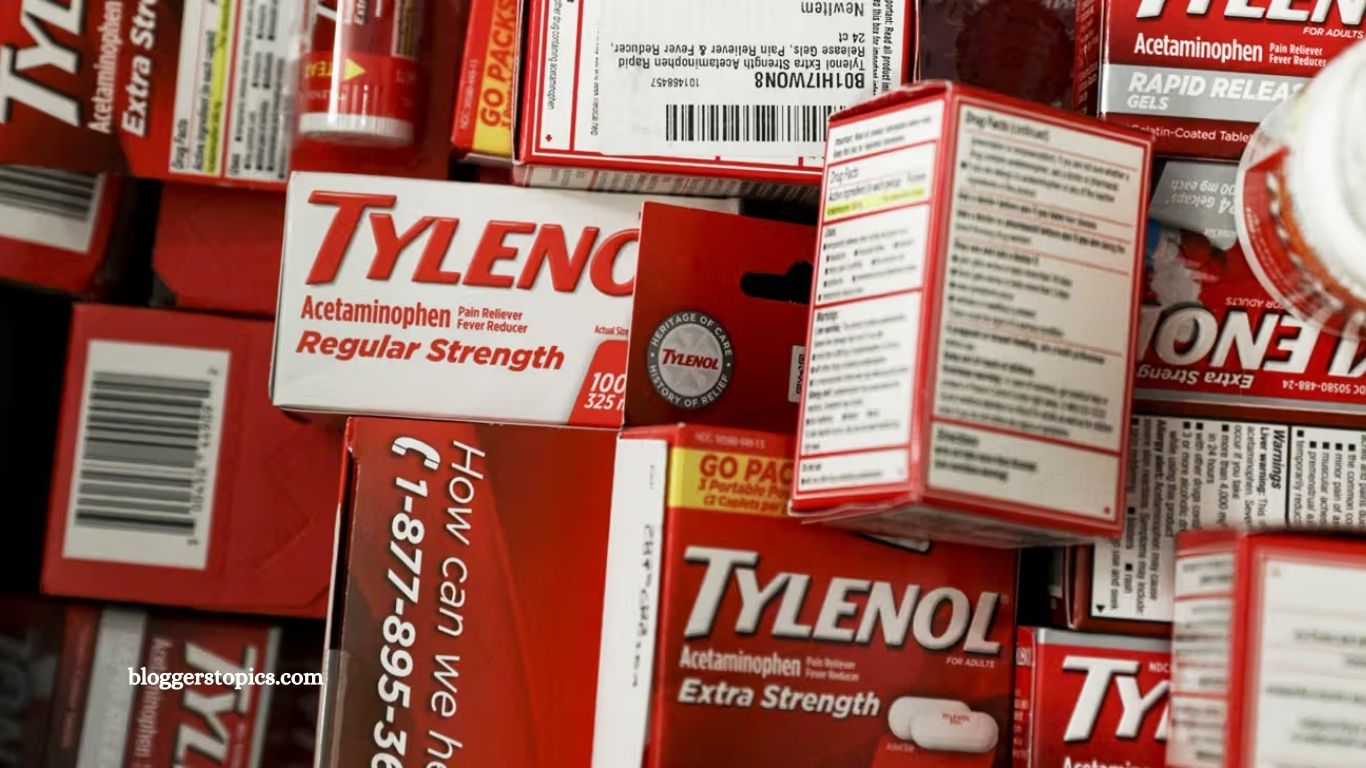The United States is grappling with a significant measles outbreak, with 1,197 confirmed cases reported across 35 jurisdictions as of June 13—surpassing the total number of cases documented in all of 2024. In response, the Centers for Disease Control and Prevention (CDC) has issued an updated travel advisory, underscoring the urgent need for vaccination.
Health experts continue to stress the importance of maintaining high vaccination rates, which not only protect individuals but also safeguard those who cannot be immunized due to medical treatments or weakened immune systems. The recent surge in cases is unfolding against a backdrop of persistent vaccine misinformation and hesitancy.
According to the CDC, confirmed measles cases span 34 states and New York City. The affected states include: Alaska, Arkansas, Arizona, California, Colorado, Florida, Georgia, Hawaii, Illinois, Indiana, Iowa, Kansas, Kentucky, Louisiana, Maryland, Michigan, Minnesota, Missouri, Montana, Nebraska, New Jersey, New Mexico, New York (both state and city), North Dakota, Ohio, Oklahoma, Pennsylvania, Rhode Island, South Dakota, Tennessee, Texas, Vermont, Virginia, and Washington.
Read More: Schumer Halts Crypto Debate to Reveal Senator Padilla Was Assaulted by Federal Agents in California
The majority of 2025 cases—793—have been identified in children and young adults under the age of 20. CDC officials report that approximately 90% of these infections are linked to 21 distinct outbreaks nationwide. Of the total cases, 144 have required hospitalization.
Notably, 95% of all reported infections are in individuals who are either unvaccinated or whose vaccination status is unknown.
West Texas has emerged as the epicenter of the outbreak, with 744 cases recorded as of June 10. New Mexico follows with 81 confirmed cases. Tragically, two unvaccinated children in West Texas have died from the disease. An additional death involving an unvaccinated individual was reported in Lea County, New Mexico.
The resurgence of measles is not limited to the United States. Globally, cases are rising sharply. A joint analysis by the World Health Organization (WHO) and UNICEF revealed that Europe recorded over 127,000 measles cases in 2025—more than double the total from 2024 and the highest reported since 1997. The region, comprising 53 countries in Europe and Central Asia, saw more than half of cases require hospitalization and confirmed 38 deaths. Worldwide, nearly 360,000 measles cases were reported last year.
In light of the growing global threat, the CDC has updated its travel advisory for U.S. residents and healthcare providers. The agency strongly recommends that travelers be fully vaccinated with the measles, mumps, and rubella (MMR) vaccine prior to international travel. The advisory highlights that measles transmission can occur in various travel-related settings, including airports, train stations, airplanes, tourist destinations, and large public gatherings.
Travelers returning to the U.S. are urged to monitor for measles symptoms for up to three weeks. Healthcare providers are advised to ensure all individuals aged 6 months and older who plan to travel internationally are vaccinated or have documented immunity.
“Measles is a highly contagious disease that can turn deadly,” said Dr. Anne Liu, clinical associate professor of pediatrics, immunology, and allergy at Stanford University. “People who are unvaccinated and those who are immunocompromised should be particularly concerned about the expanding reach of this outbreak.”
Vaccines Are the Key to Containing Measles, Experts Emphasize
As the measles outbreak continues to grow across the United States, health experts are underscoring a clear message: vaccination is the most effective—and the only—way to stop the virus in its tracks.
“Measles is unbelievably contagious. It’s the most contagious disease we’ve ever seen,” said Dr. Danelle Fisher, a pediatrician at Providence Saint John’s Health Center in Santa Monica, California.
The virus is so infectious that individuals can spread it up to four days before symptoms appear and remain contagious for up to 10 days afterward. With such a long window of transmission, unvaccinated individuals are particularly vulnerable.
Dr. William Schaffner, an infectious disease specialist and professor of medicine at Vanderbilt University, noted that there are no effective alternatives to vaccination when it comes to preventing measles.
“Vaccination is the way to prevent measles. There are no other ways,” Schaffner said. “Vitamin A, despite recent attention, cannot prevent the disease.”
Fisher echoed that sentiment, stating that those who are fully vaccinated or who have had measles previously have strong protection against infection and are unlikely to spread the virus.
“You’re not going to get sick, and you’re not going to spread it,” she said.
However, those who are unvaccinated—or whose immunity has waned—face a significantly greater risk. Fisher compared their risk to the early days of the COVID-19 pandemic, before vaccines were available. Without the measles vaccine, she warned, the current outbreak could spread globally within weeks.
“Vaccinations are the reason this outbreak hasn’t become a worldwide crisis already,” she said.
Protecting the Vulnerable Through Vaccination
Both Fisher and Schaffner stressed that vaccination is not just a personal health decision—it’s a public responsibility.
“There are many children and adults living among us who are immunocompromised. If they were to contract measles, they could become seriously ill,” Schaffner said. “By getting vaccinated, we create a protective ‘cocoon’ around them, reducing the virus’s ability to spread.”
Fisher urged parents to ensure their children are up to date on the recommended MMR (measles, mumps, and rubella) vaccine schedule and encouraged unvaccinated adults—or those unsure of their vaccination status—to get immunized.
“It’s incumbent on all of us to protect the most vulnerable in our society,” she said.
Additional Precautions to Reduce Risk
While vaccination remains the cornerstone of prevention, experts say unvaccinated individuals should take additional steps to limit exposure—particularly in public and high-risk environments.
Fisher advises avoiding nonessential travel, especially on planes, trains, or other forms of mass transportation. Adjusting work arrangements to reduce close contact with others may also be prudent for those not vaccinated.
She also recommends being cautious in environments such as schools and healthcare settings, and maintaining distance from anyone exhibiting respiratory symptoms.
“As the outbreak spreads, the areas of safety for unvaccinated individuals will shrink,” she warned. “Even going to the grocery store could become risky.”
Understanding Measles and Its Risks
Before widespread vaccination began in the mid-1950s, measles caused an estimated 3 million cases annually in the U.S., leading to 48,000 hospitalizations and approximately 500 deaths each year.
Measles is primarily spread through airborne droplets or contaminated surfaces. Symptoms typically appear within 14 days of exposure and can include:
- A widespread rash
- High fever
- Cough
- Sore throat
About 30% of cases lead to complications, most commonly ear infections or diarrhea. In more severe cases, complications can include pneumonia, encephalitis (brain inflammation), or a rare but fatal condition known as subacute sclerosing panencephalitis (SSPE).
Dr. Anne Liu, a clinical associate professor of pediatrics, immunology, and allergy at Stanford University, highlighted another danger: measles can weaken a person’s immune memory, increasing vulnerability to other previously fought-off infections.
“These are preventable illnesses,” Liu said. “Many people are being hospitalized not for isolation, but due to the severity of the disease.”
A Call for Collective Action
Schaffner emphasized that tackling measles requires community-wide cooperation.
“The public should be aware of the current measles situation. Stay informed and ensure that your entire family is fully vaccinated,” he said. “If you know someone hesitant about vaccinating their children, encourage them to speak with a healthcare provider. We’re all in this together.”
Frequently Asked Questions
What is measles?
Measles is a highly contagious viral disease that spreads through respiratory droplets from coughing, sneezing, or direct contact with infected surfaces. It often begins with cold-like symptoms and progresses to a high fever, cough, and a distinctive red rash.
Why is measles spreading again in the U.S.?
The recent surge in cases is largely due to declining vaccination rates, driven by misinformation and vaccine hesitancy. Measles is so contagious that even a small drop in community immunity can lead to outbreaks.
How many cases have been reported in 2025?
As of June 13, 2025, the CDC has confirmed 1,197 cases of measles across 35 jurisdictions—more than four times the total reported in 2024.
How is measles transmitted?
Measles spreads through the air and can linger in the air or on surfaces for up to two hours. An infected person can spread the virus four days before and up to 10 days after symptoms appear.
How effective is the MMR vaccine?
Two doses of the MMR (measles, mumps, rubella) vaccine are about 97% effective at preventing measles. One dose is about 93% effective.
Can vaccinated people still get measles?
Breakthrough infections are extremely rare. Most cases—95% according to the CDC—occur in unvaccinated individuals or those with unknown vaccination status.
What should I do if I think I’ve been exposed?
Contact your healthcare provider immediately. If you’re unvaccinated, you may still benefit from post-exposure prophylaxis (vaccine or immune globulin) if treated within a few days.
Conclusion
The current measles outbreak serves as a stark reminder of how quickly vaccine-preventable diseases can resurface when immunization rates decline. With over a thousand cases reported in the U.S. this year—primarily among unvaccinated individuals—public health experts are urging immediate action.
Vaccination remains the most effective defense against measles, not only protecting individuals but also shielding those who cannot be vaccinated due to age or health conditions. As the virus continues to spread nationally and globally, the responsibility to protect our communities lies with all of us.







